This post has been updated to recognize the community mapping effort in the Kenya-Uganda borderlands.
As the world continues to struggle toward achieving gender equality, relevant gender-specific research and programming are necessary to learn with and uplift the voices of systemically marginalized girls. Recognizing that rural adolescent girls have been historically excluded from youth-based research, the Learning and Action Alliance for Girls’ Agency (LAAGA) is working to understand what agency looks like for and to girls between 10-19 years old in diverse marginalized contexts across the geographic Global South.
LAAGA—a community of practice composed of 23 leaders from 18 countries across Africa, America, Asia, and the Middle East (Echidna Global Scholar alumni) and the Brookings Center for Universal Education—designed and engaged in girl-centered methodologies (GCM), which aim at grounding research in the realities of girls themselves and drawing on evidence with girls at its center. The approaches to GCM that LAAGA has utilized across four case studies in Bangladesh, the borderlands of Kenya and Uganda, Vietnam, and Zimbabwe may help researchers and policymakers to reimagine meaningful ways of including girls in relevant research and policy agenda.
Girl-centered methodologies
The application of GCM, a collaborative framework for practice, begins with recognizing the distinct and intersectional experiences within “girls” as a group that are rooted in their unique contexts. Though we refer to “girls,” they are far from a monolith and include the diverse experiences of girls who are in or out of school, living in rural, urban, or peri-urban contexts, girls who are mothers, refugees, migrants, and more.
Informed by youth participatory action research (YPAR), GCM seeks to meaningfully engage girls in every aspect of the research cycle to ensure girls’ experiences and perspectives ground and lead the process. This and related frameworks that intersect with GCM—such as decolonial and feminist work—seek to deconstruct power imbalances in research that position researchers as sole experts and devalue the multifaceted knowledges of research participants. GCM challenges these extractive and exploitative systems by inviting girls to be co-researchers and primary agents of research so they may derive meaning from their engagement.
Examples of girl-centered methods used in research on girls’ agency
We highlight three methodological approaches LAAGA has utilized in the research processes to center girls’ voices, and accordingly meet girls where they are. In an intentional attempt to restructure the research process, LAAGA’s use of these visual-, art-, and action-based approaches varies across contexts, populations, and extent of use.
1. Community mapping
Also called “counter-mapping” or “Indigenous mapping,” community mapping is an example of a visual method that invites residents of a particular locale to collaboratively produce a map that reflects their collective knowledge, experiences, and perspectives about their local environment. Often featuring local knowledge and resources that may not be evident in conventional maps, community mapping can help understand the ways gendered social norms affect girls’ lives and the spaces where they carry out everyday activities.
LAAGA’s research in Zimbabwe, Bangladesh, and the borderlands of Kenya and Uganda adopted community mapping to facilitate sharing about girls’ experiences in exercising agency and encouraged them to identify barriers preventing them from doing so in different spaces. For instance, in Zimbabwe, girls drew pictures of spaces they felt safe—such as church or school—versus unsafe—like main roads and illegal mines—to illuminate how and when they may or may not feel able to exercise agency in their daily lives. Meanwhile, in the borderlands of Kenya and Uganda, girls mapped their communities and schools, as well as the actors who support or prevent girls’ agency in those specific spaces. Rather than a fixed set of practices, the intentional and flexible nature of GCM calls for researchers to adapt methodologies to different and changing contexts in order to center girls’ experiences in the process of research.
2. Bridge model
The bridge model is an exercise that involves facilitating a participatory process in which participants identify challenges they face and envision ways to overcome them. This method was selected because it illustrates girls’ aspirations while also encouraging them to imagine how to achieve them despite challenges and obstacles. This activity may effectively follow a community mapping exercise, as was implemented in LAAGA’s work in Vietnam, where girls identified challenges to their exercising agency and proposed solutions to these challenges. The participants created a metaphorical “bridge” between their current reality, marked by barriers to their exercise of agency, and a future they desired for themselves that included enhanced agency, with visual and written representations of ways to achieve this aspiration.
Accompanying this exercise, girls participated in storytelling sessions where they described and then collectively analyzed moments when they have made difficult decisions. In these processes, girls not only took on roles to create knowledge in relation to agency, but also analyzed the data they created and found personally meaningful. At the same time, girls were able to take ownership of their aspirations and propose solutions grounded in their day-to-day realities.
3. Proverb analysis
Proverbs and sayings are considered a major source of ancient knowledge, events and happenings, and convey different communicative goals to people. They hold cultural and historical significance, and, in some instances, may convey messages related to gender norms and expectations of the participating community.
LAAGA researchers used proverb analysis as a way for girl participants to identify proverbs used frequently in their contexts, make meaning of these in relation to their own experiences of agency, discuss alternatives and formulate ways to reclaim and/or reinterpret them. As the notion of “agency” is culturally bound and may not directly translate across cultural contexts, LAAGA’s use of proverb analysis in languages girls are most comfortable with provided space for participants to reflect on and take ownership of familiar language that helped them make sense of their experiences. Girls had the opportunity to both develop a deeper reading of proverbs directed at them and their reality, as well as intervene in these elements of cultural reproduction. For instance, in the Kenya and Uganda case, girls discussed the usage of terms related to gender norms and reflected on the languages used to describe women and expectations of women. Girls identified the word “nabuok,” which usually means elephant in Ngakarimojong, as an example of such cultural terms. Girl participants of LAAGA’s research said that this word is often directed at girls who refuse boys’ sexual advancements, and it is used to make them feel “dirty.”
These methods are not solely for data collection but rather may be incorporated throughout the research process to center girls, from informing the formulation of research questions to the analysis of data, to the identification of recommendations, and the designing of interventions based on findings. The possibilities of GCM reach far beyond this list and offer multitudes of ways to counter extractive research methodologies. Visual methods, for example, cultivate an open-ended outlet for girls to share beyond traditionally valued verbal or written forms of communication with other forms of knowledge. Ever creating and innovating, girls may engage with and have immediate access to their own ideas as well as each other’s work, as opposed to forms of research where researchers gatekeep who has access to their data.
Takeaways
Adult researchers working with girls may reflect on the complexity of girlhood first by looking inward to our own preconceptions of girls created through the lens of our age, gender, and other intersecting identities. We may recognize that meaningful inclusion of girls in research begins with acknowledging girls’ multifaceted and diverse lived experiences. Recommendations proposed by GCM research may be more impactful and context-specific, coming directly from girls themselves.
GCM invites researchers and policymakers to utilize innovative approaches to learn with and from girls, their families, and their communities. In doing so, girl-centered research and methodologies not only amplify the voices of girls themselves, but also seek to challenge dominant power imbalances occurring during the research process. We may also accept that there are parts of girls’ realities that researchers will never, and perhaps should not ever, have access to, and that regardless of what girls may share, they do not need to validate their experiences, joys and struggles by making them knowable through research.
-
Acknowledgements and disclosures
This blog has grown out of the work of the Learning and Action Alliance for Girls’ Agency (LAAGA), a community of practice composed of 23 leaders from 18 countries across Africa, America, Asia, and the Middle East and the Gender Equality in and through Education team at Brookings’s Center for Universal Education. We would like to especially thank LAAGA members Christine Apiot Okudi, Ellen Chigwanda, Jennifer O’Donoghue, Joyce Kinyanjui, Mary Otieno, Pamhidzayi Berejena Mhongera, Sumbal Naveed, and Tran Thi Ngoc Tran for sharing knowledge, reviewing, commenting, and guiding us with this blog.
The Brookings Institution is committed to quality, independence, and impact.
We are supported by a diverse array of funders. In line with our values and policies, each Brookings publication represents the sole views of its author(s).
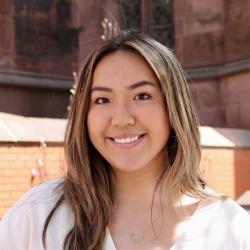
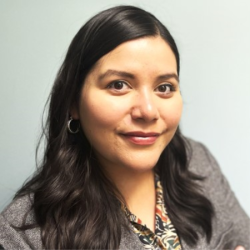
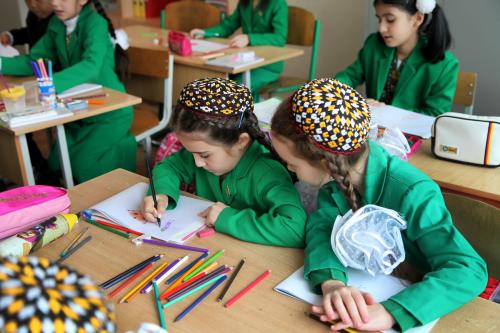
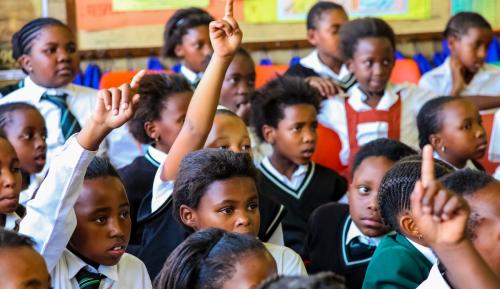
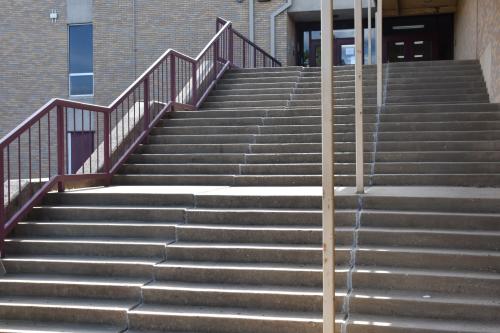
Commentary
Reimagining research with girls: 3 examples of girl-centered methodologies
October 20, 2023